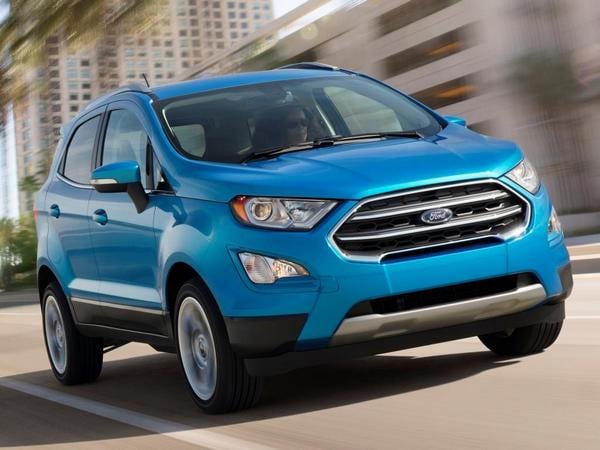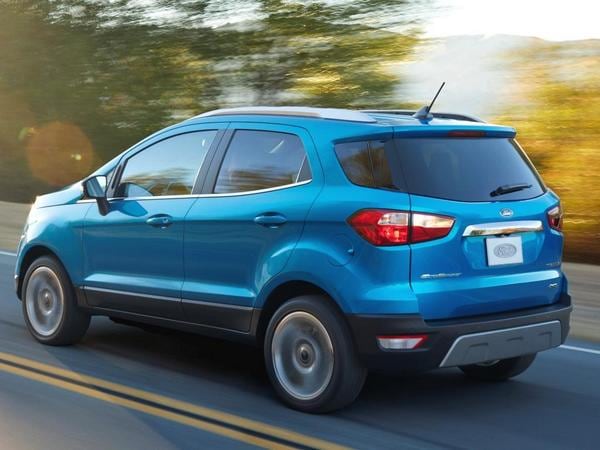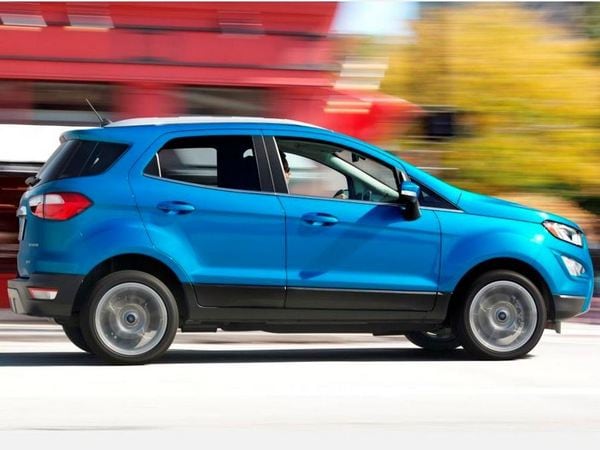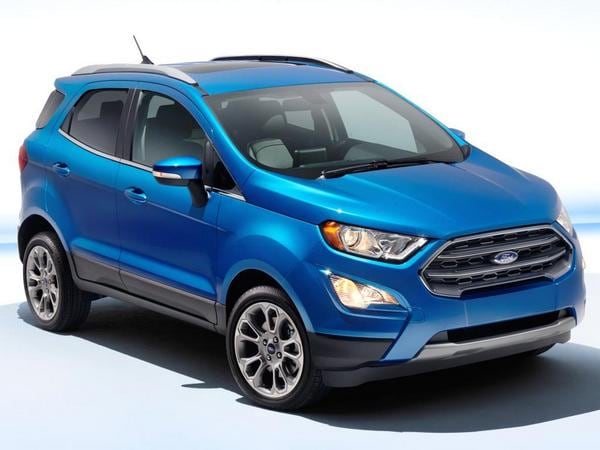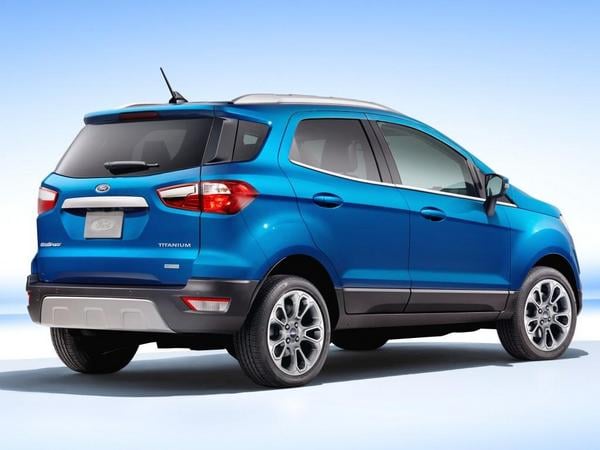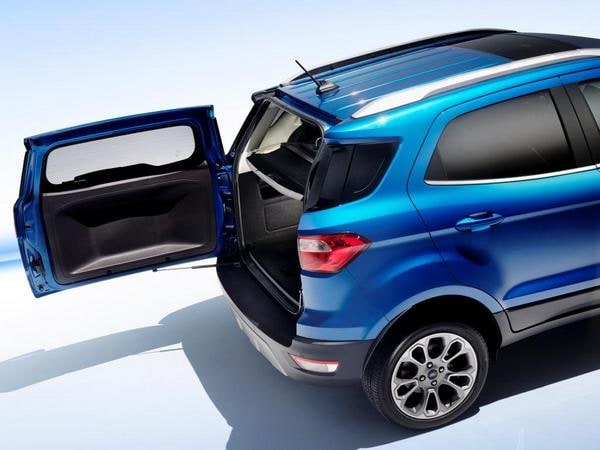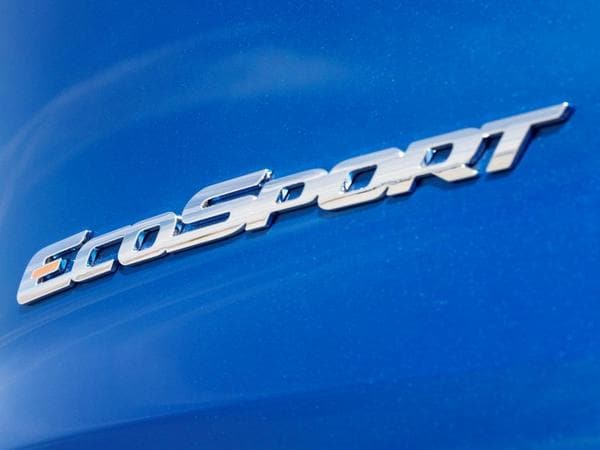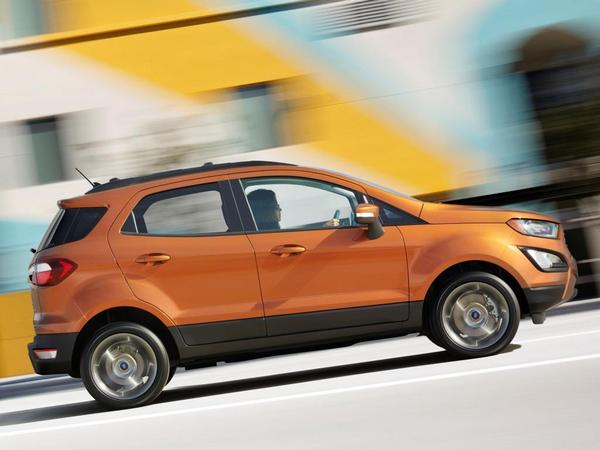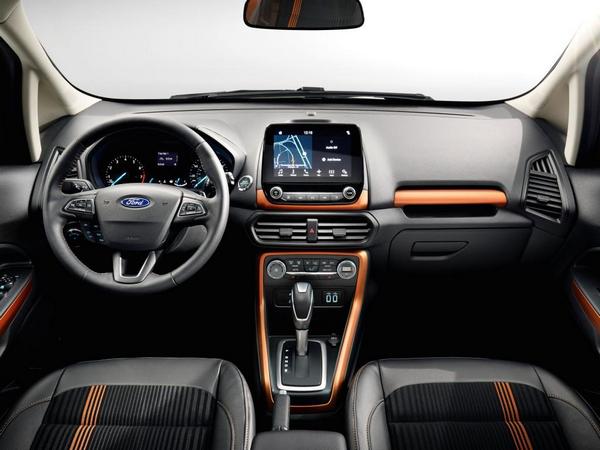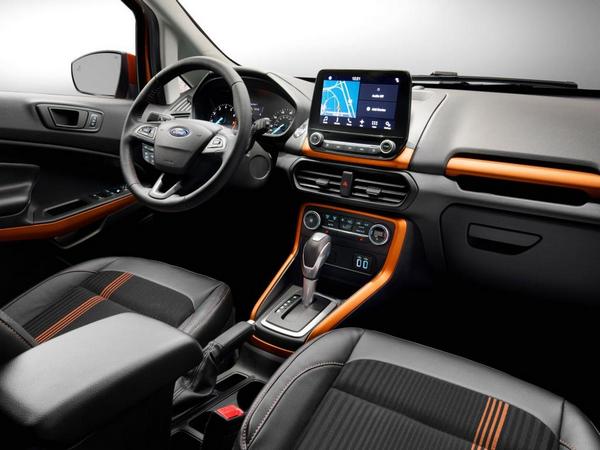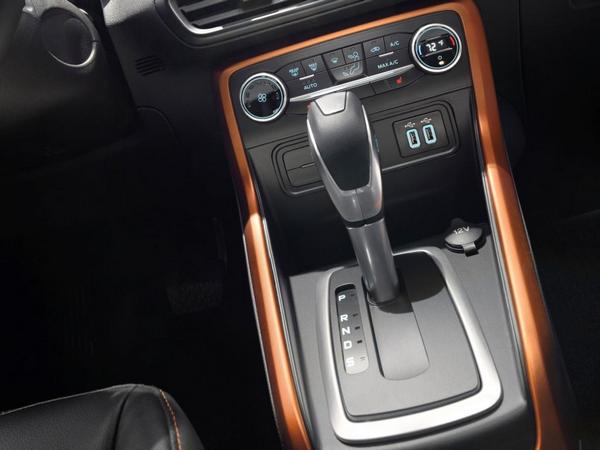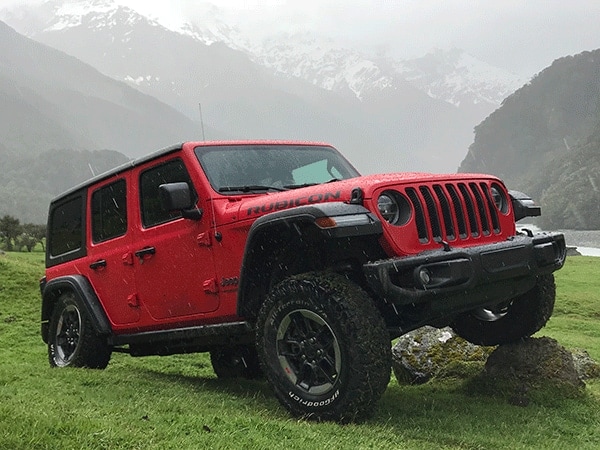When Ford introduced the EcoSport in the U.S. at the 2016 Los Angeles Auto Show, it didn’t highlight that this model is actually a restyled mid-cycle refresh of the vehicle’s second generation, already on sale in other markets. Nor did it mention EcoSport’s Brazilian roots. Here’s a bit of the model’s history, from a Brazilian automotive journalist, which may help you evaluate this newcomer to the U.S. market.
The EcoSport was born as part of Project Amazon, a line of vehicles meant as a stepping stone for Ford’s survival in the Brazilian market. The American automaker was just leaving an association with Volkswagen called Autolatina, and although the joint venture made perfect sense from a financial point of view, it was catastrophic for Ford in product and market presence. While Volkswagen had the best-selling model in Brazil, Ford was relegated to selling high-end cars (by Brazilian standards at the time), with some of them based on Volkswagen products. When Ford re-asserted its independence in Brazil it had no entry-level cars to sell in a country with half of its annual sales concentrated on inexpensive vehicles with 1-liter engines. Hence Project Amazon. These cars would be produced in Camaçari, Bahia, in an entirely new factory, with much lower production costs than the ones manufactured in São Bernardo do Campo, in São Paulo. The new cars and new factory required $4 billion in investments.
Related: Build and price your own 2018 Ford EcoSport
The first model was the fifth generation Fiesta in 2002. The next model, initially, was going to be a larger Fusion sedan (the European version, not the same Fusion sold in the U.S.). The Strategic Planning team, led by Cassio Pagliarini, realized the Fusion would not suit the Brazilian market. SUVs were trending, but all of them were imported and very expensive for a market in which cars were (and still are) far from affordable. Even a Toyota Corolla, which starts at the equivalent to almost $30,000 and can reach up to $40,000, is seen as a luxury car. Pagliarini saw an opportunity: Why not offer a relatively cheap “SUV”?
Market leader
Based on the Fusion platform, Ford developed a taller model, with more ground clearance, larger wheels and tires, and a spare wheel hanging from the rear hatch. If you compare pictures of the first-generation EcoSport with the European Fusion, you’ll notice more than a passing resemblance. Presented in 2003, the car was a huge hit and sold for many years without competition of any sort. It is said the Dacia Duster was developed after it and was EcoSport’s first rival in Brazil, sold under the Renault brand from 2011 on. The Duster’s appeal was its lower price and more room and briefly became the best-selling SUV in Brazil in 2012. A year later, a redesigned second-generation EcoSport regained its leadership.
Developed in Brazil, the vehicle was based on the sixth-generation Fiesta. This time it was not derived from a minivan, which gave it a more pleasing style. Conceived as a global vehicle, the new subcompact SUV is also produced in China, Romania, India, Russia and Thailand. In fact, U.S. versions of the EcoSport come from India.
The second-generation model did really well in its “home” market until Honda decided to grab a piece of the action in 2015 with the HR-V. So did Jeep with the locally produced Renegade. In 2016, when the 2018 EcoSport was presented in L.A., the model was the third best-selling SUV in Brazil behind the HR-V and Renegade in first and second positions.
Facing fierce competition
An all-new Brazilian EcoSport is not expected before 2020. Ford has relied primarily on restyling and price to maintain market share. In place of roominess, the EcoSport delivers a good deal of content, such as 7 airbags as standard, something no other car below $31,000 offers in the Brazilian market. Presented in August 2017, it arrived in an even more competitive environment. Hyundai began manufacturing its Indian SUV, the Creta, in Brazil during 2016. That same year Nissan and Jeep made the world premiere of their Kicks and Compass, respectively. Jeep priced the larger Compass so competitively that it is challenging even smaller crossovers to become Brazil’s best-selling SUV in 2017. All these new models closed 2017 ahead of the EcoSport, despite its 30 percent increase in sales generated by Ford’s restyling effort.
In Brazil, the Ford subcompact SUV starts at $24,064 with a 1.5-liter, 3-cylinder Dragon engine delivering 135 horsepower and tops out with the Titanium priced at $29,884. The Titanium is equipped with the same 2.0-liter 4-cylinder engine set for use in the U.S. EcoSport. That engine makes 174 horsepower in Brazil because of its flex-fuel design and ability to run on gasoline or E100. For the U.S. EcoSport the 2.0-liter offers 166 horsepower.
In Brazil the latest EcoSport will appeal to young couples or other customers less focused on back seat room or trunk space. It will also appeal to shoppers looking for a safe car with plenty of standard features for the lowest price possible. Ford will probably have to wait for the third-generation EcoSport to recapture the model’s “best seller” status. Price, features and styling will determine the EcoSport’s success in the U.S. market, which, like Brazil, is flush with competitive subcompact SUVs.
For the U.S. launch, the EcoSport is being offered in four trim levels, S, SE, SES and Titanium. The front-drive models are equipped with a 123-horsepower turbocharged 1.0-liter 3-cylinder engine, while all-wheel drive variants have a normally aspirated 2.0-liter 4-cylinder engine making 166 horsepower. The S starts at $19,995, the SE at $22,905, the Titanium EcoSport at $25,740 and the SES at $26,740. Destination is $995 extra.
Ford is already offering the vehicle with incentives, starting with a $155 per month lease on base S models for 39 months and $2,849 down. The EcoSport SE can be leased for $173 per month with $3,208 up front, the Titanium EcoSport for $201 per month and $3,520 due at signing, while the SES is $218 per month with $3,637 down. All leases are capped at 10,500 miles per year. On purchases, Ford is also offering $500 cash rebates across the board on the EcoSport, as well as 5.9-percent financing.
More EcoSport
To build and price your own EcoSport or just see how it stacks up against the competition, visit our 2018 Ford EcoSport Buyer’s Guide.
More New and Redesigned 2018 Models
